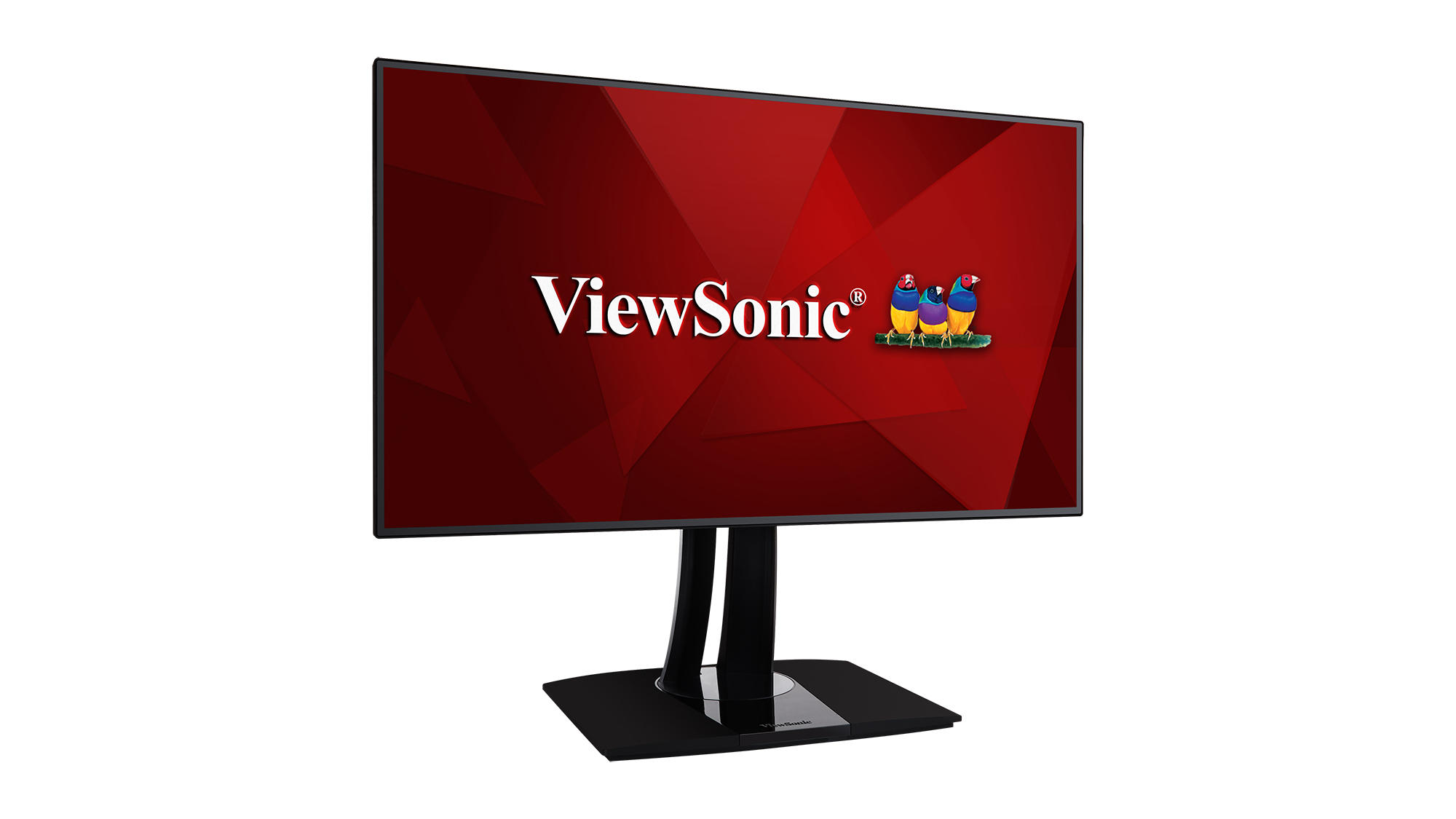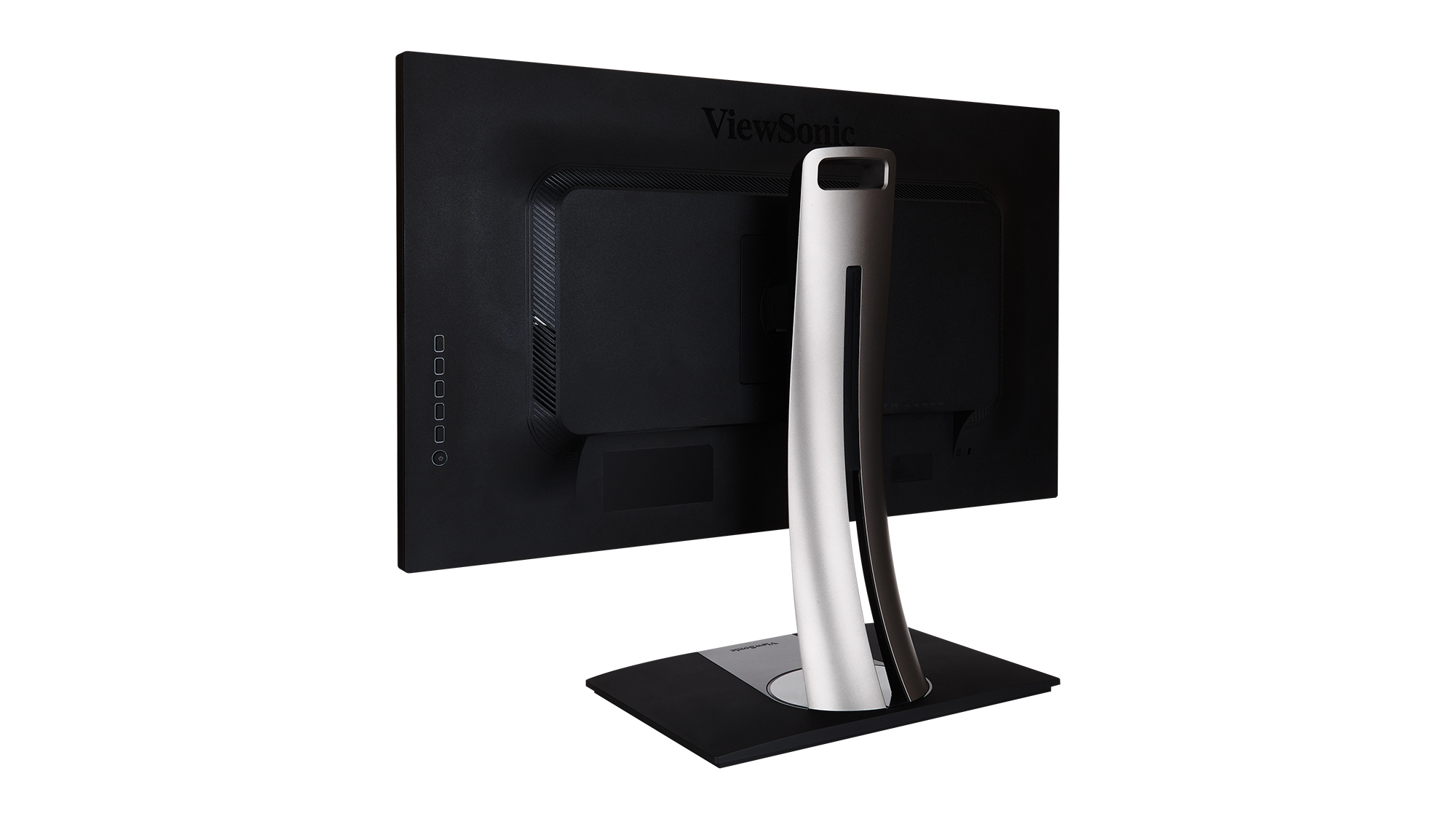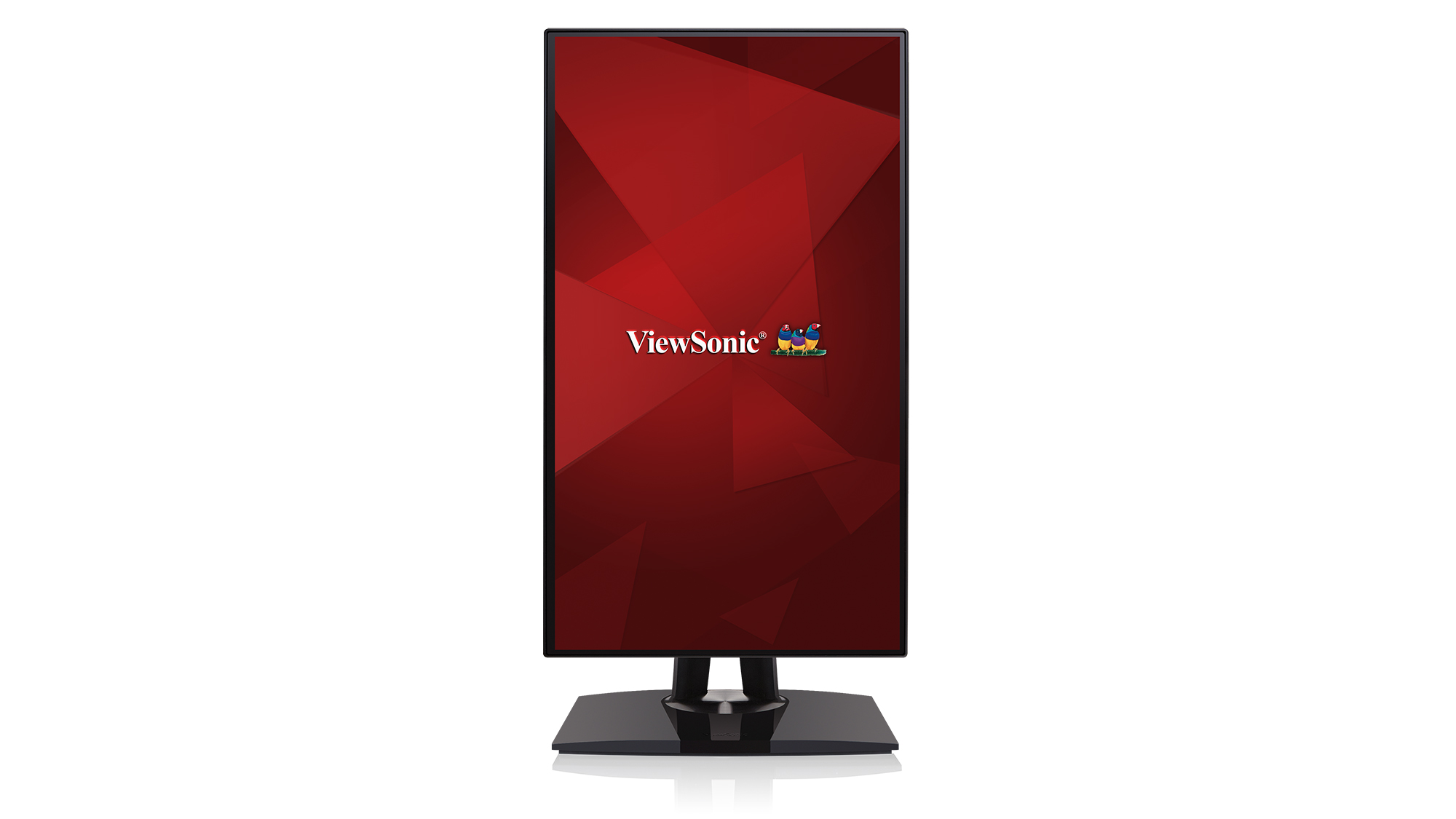ViewSonic VP3268-4K review: An outstanding 4K monitor
Brilliant colour accuracy when you need it and a bright, versatile 32in monitor when you don’t - a great buy


The ViewSonic VP3268-4K is an excellent option due to the level of quality it offers for the price. Sure, you’ll have to invest in a £100 hardware calibrator to make sure it stays accurate over time, but even then the price is well below £1,000. With rivals costing almost twice its price, and a three-year warranty, it’s a bargain if you need the accuracy on offer.
-
+
Superb colour accuracy; Calibrated for wide variety of colour spaces; Good value
-
-
Brightness is locked to 120cd/m2 in sRGB mode; OSD controls are fiddly

When can buy a 32in, 4K monitor for under 500, you might wonder how ViewSonic has the audacity to charge 799 for the VP3268-4K. The answer is accuracy. Or to be more accurate about its accuracy, that it offers a pre-calibrated IPS display that - ViewSonic claims - can reproduce 100% of the sRGB spectrum.
Naturally, we were keen to put such boasts to the test. On switching it from the default to sRGB mode, the most obvious change isn't a sudden improvement in colour accuracy but that the VP3268-4K goes from being a lovely bright screen to something much dimmer. That's because the panel's sRGB calibration was performed at 120cd/m2, and if you vary from this then your results will change. Once you select sRGB mode, you're locked to 120cd/m2.
Fortunately, it performed magnificently. We measured an average Delta E of 0.51, which edges towards perfection and over-delivers on ViewSonic's promise of a Delta E of less than 2. Its gamma tracking and uniformity proved terrific as well - it typically deviated by less than 5% brightness, with only the corners going up to 8%. The only black mark was when our calibrator reported that it could only display 93.8% of the sRGB gamut, not the 100% ViewSonic claims. We're not overly concerned by this. The more important figure is that low Delta E.

While 120cd/m2 is fine, we prefer a brighter screen. The VP3268-4K reached 357cd/m2 at its peak, so it seems a shame not to take advantage. Fortunately, the OSD allows you to jump quickly between colour modes, and when using this monitor day-to-day we spent most of our time in the Standard Color setting. Even with this on, and brightness boosted to 170cd/m2, colour accuracy is strong. Average Delta E increased to 1.52, and the gamma tracking grew notably worse, but our colorimeter reported that it could cover 98.4% of the sRGB gamut.
All this fiddling with the controls highlights one of this monitor's weak points: its advanced OSD controls. There's no rotary button, so you have to flick left and right through the main headings - such as input select, viewing mode and colour adjustments - then select which one you want, then scroll down using a different button, then select the precise option you want to change, and then change it. It's awkward. The only consolation is that ViewSonic provides a much simpler set of controls for main shortcuts, such as controlling brightness and flicking between colour modes, so most of the time you can avoid the main menu.
There are some nice options tucked away, too. With four inputs - two HDMI, one DisplayPort and one mini-DisplayPort - you can split the screen four ways and view all of them at once. ViewSonic builds in a generous four-port USB port, plus an audio in and audio out if the built-in speaker doesn't offer quite enough power for you. Naturally it can't match the quality of dedicated speakers, but it was great for Skype calls and surprisingly effective when watching films.
On that note, we should point out that this monitor includes an HDR mode. This isn't certified for content creation, but if you want to watch HDR films rather than make them then it's an excellent inclusion. It's fine for occasional gaming too. Don't be put off by that 14ms response time, because a pixel overdrive setting tucked away in the OSD helps to reduce the minimal ghosting.

And we have more plus points to end on, too. First is the slimness of the bezels, which add to the display's already svelte style. Second the flexibility, with a pivot mode, 130mm of height adjustment and a well-designed base that makes it easy to swivel the screen 60 each way. Third, the fact that ViewSonic calibrates the screen for Rec 709, SMPTE-C and EBI colour spaces (for video editors), not just sRGB. Plus, you don't need to live with the factory calibration: using ViewSonic's Colorbration software, it also supports hardware calibration using the popular x1-iDisplay Pro.
While the ViewSonic doesn't have all the HDR features of the Asus ProArt PA32UC, or the high-end auto calibration of Eizo's ColorEdge CG277, it's an excellent option due to the level of quality it offers for the price. Sure, you'll have to invest in a 100 hardware calibrator to make sure it stays accurate over time, but even then the price is well below 1,000. With rivals costing almost twice that, and a three-year warranty, it's a bargain if you need the accuracy on offer.
Verdict
The ViewSonic VP3268-4K is an excellent option due to the level of quality it offers for the price. Sure, you’ll have to invest in a £100 hardware calibrator to make sure it stays accurate over time, but even then the price is well below £1,000. With rivals costing almost twice its price, and a three-year warranty, it’s a bargain if you need the accuracy on offer.
31.5in 3,840 x 2,160 IPS panel
8-bit panel
14-bit look-up table
4K at 60Hz
14ms response time
DisplayPort 1.2
MiniDisplayPort
2 x HDMI 2 (with HDCP 2.2)
USB hub (4 x USB 3 ports)
Hardware calibration
PiP/PbP; 2 x 5W speakers
-5° to 21° tilt; pivot
120° swivel
130mm height adjustment
714 x 265 x 506-636mm (WDH)
10.3kg
3yr limited warranty inc backlight
Get the ITPro daily newsletter
Sign up today and you will receive a free copy of our Future Focus 2025 report - the leading guidance on AI, cybersecurity and other IT challenges as per 700+ senior executives
Tim Danton is editor-in-chief of PC Pro, the UK's biggest selling IT monthly magazine. He specialises in reviews of laptops, desktop PCs and monitors, and is also author of a book called The Computers That Made Britain.
You can contact Tim directly at editor@pcpro.co.uk.
-
 Nvidia braces for a $5.5 billion hit as tariffs reach the semiconductor industry
Nvidia braces for a $5.5 billion hit as tariffs reach the semiconductor industryNews The chipmaker says its H20 chips need a special license as its share price plummets
By Bobby Hellard Published
-
 Business leaders are having a crisis of confidence over data literacy
Business leaders are having a crisis of confidence over data literacyNews A Salesforce survey reveals business leaders don't trust their data, or their ability to make the most of it
By Emma Woollacott Published
-
 Confusion and frustration as MITRE CVE program funding expires
Confusion and frustration as MITRE CVE program funding expiresNews The cyber database is invaluable to security teams the world over, helping flag the most urgent vulnerabilities
By Rory Bathgate Published